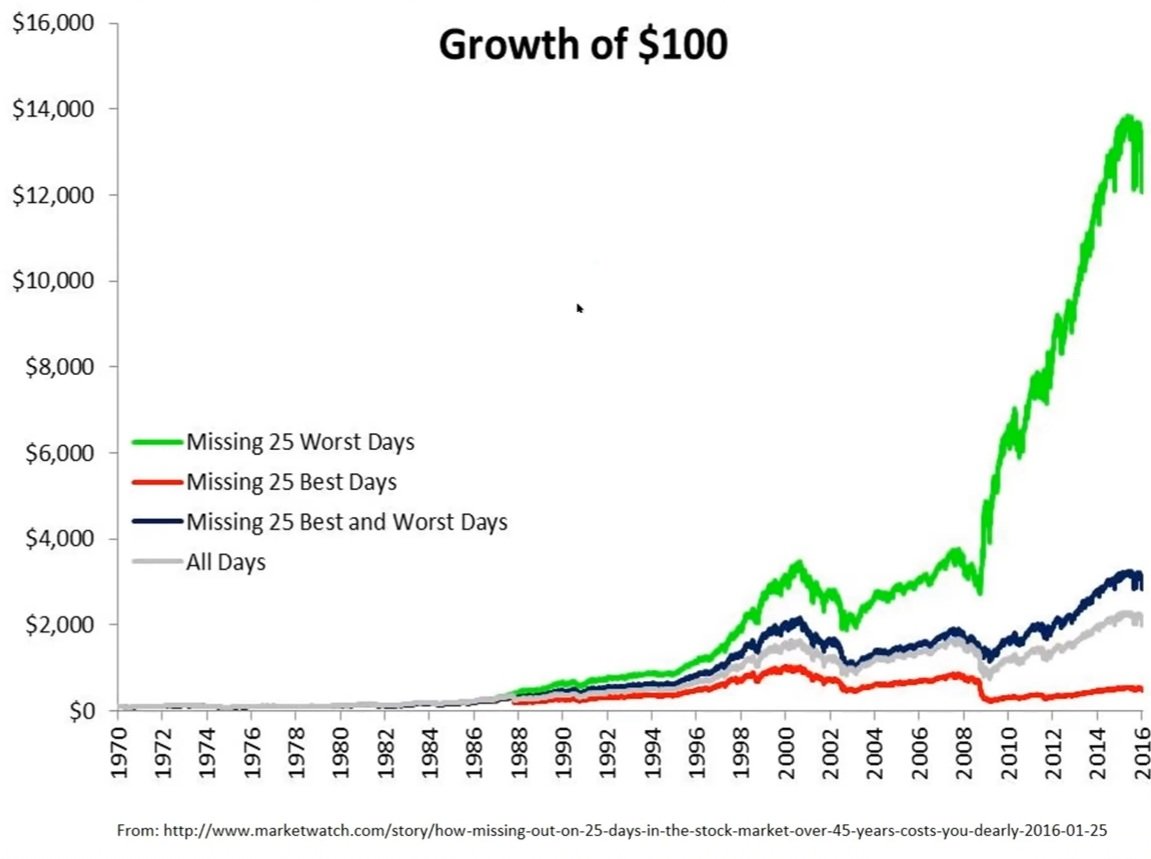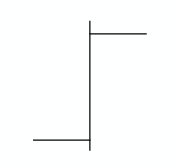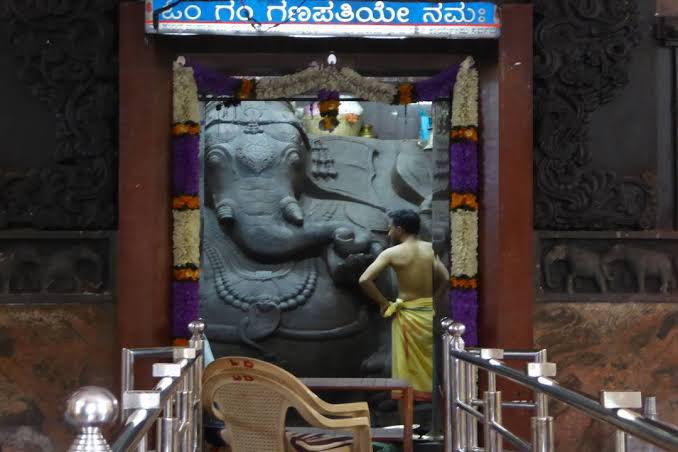In this thread we will break down the components of a successful trading system for consistent returns in the markets 👇
In this thread we will break down the components of a successful trading system for consistent returns in the markets 👇
1. Market
2. Time Frame
3. Edges
4. Entry Tactics
5. Setups
6. Rules & Risk Management
7. Journaling
8. Post Trade Analysis
The financial markets are divided into the following 👇
1. Equity
2. Bond
3. Futures
4. Forex
5. Commodity
Each market requires a different set of knowledge, skill, experience, and know-how.
Day Trade
Swing Trade
Position Trade
Combination of all the above
Time Frame often aligns with a traders personality, lifestyle, goals. 🧠
Often times day traders use a lower time frame to buy/sell in their respective market. This usually corresponds with an intraday chart (1 minute, 5 minute, 15 minute, etc) all the way up to a daily chart.
You may miss out on bigger moves, but it may be easier to sleep at night knowing you have no money at risk.
Swing traders will primarily focus on the daily/weekly charts, accepting the overnight risk & play for a bigger move over the span of a couple days to a couple of weeks.
Executions usually occur on a lower time frame with the longer term trend in mind.
Position Traders are also using the daily/weekly timeframes, but add in the monthly as well.
These traders are looking to hold on to their positions for multiple weeks to months.
When identifying your style in the markets, it is normal to try out different time frames & see what works best for your personality.
The only thing that matters in the market is extracting an income over a large sample size, how you do it is up to you.
According to Mark Douglas, "An edge is nothing more than an indication of a higher probability of one thing happening over another."

This comes from repetitive study of patterns seen in the biggest winners from the market and the timeframe that you are trading.
You have to understand the common themes that each winner displayed before they run up in price.
WON was able to create and build CANSLIM by looking at the Fundamentals & Technicals of the strongest winning stocks of his time, building a set of concrete rules to catch these moves.
An Introduction to CANSLIM (Thread)
— TraderLion \U0001f981 (@TraderLion_) June 5, 2021
To do this, we need to have defined criteria that allows us to manage our risk so that if the trade goes against us, we don't lose all of our capital.
Managing risk is the most important part of a Setup.
This is the most important part of any system in any market. Without proper risk management, you are susceptible to unnecessary drawdowns leading to emotional swings.
There are many different ways to approach this area of a system, but the most simplistic form of defining your risk parameters looks like this:
- Rules
- Proper position sizing
- Risk/reward ratio
Rules act as guardrails to make sure your behaviors in the market are contained and repeatable.
Trading is an emotional game. Rules help prevent you from damaging yourself when things may feel out of control.
3 losses in a row = a multi-day break.
During a Market Downtrend (below 21ema) = look for shorts more than longs
Taking x amount of days off per year to BUILD mental capital.
No big losses = having a MAX, non-negotiable stop loss for every single trade.
We want to make sure our exposure is large enough to make significant progress in our overall account but also small enough to keep losses in control when we are stopped out
Traders are wrong more than they are right, so position sizing correctly is key.
You would have to lose on 10-20 trades in a row to lose 10% of your account.
On e of the major key to super-performance is to never let your account value fall too far from all time highs
You always want to make sure your gains are at least 2-3x your losses. If you are risking $100 on a loser, you want to be making $200-300 on your winners.
Following these parameters means you can be right only 1/3 times and still not lose money.
This skill comes with experience but is an important part to super performance.
When trading any market, it is essential for you to understand how your emotions impact your overall trading
To accurately track this and learn from your emotions, you need to write down what is going on in your brain during the trading session.
- Feelings premarket
- Intraday executions, with reasoning and edge defined
- Emotional swings during the day
- Grading your trading execution post market.
PTA helps you see what is working vs. what is not working.
It acts as a report card.
This is when we need to be the most honest with ourselves in our trading.
In may be painful to go through past losses but sometimes looking back on your past trades is the only way to catch flaws in your decision making.
- Tracking win rate on a per edge basis (is your edge working more than others)
- Avg gain/loss
- Batting average
- How you handle losing streaks (do they get worse, do you stop trading, etc.)
The outcome of PTA should be an improved system overall.
What component do you think is the most important?
Let us know your thoughts below 👇
https://t.co/C7fXaDuNmF
8 Steps to building a Trading System (Thread)
— TraderLion \U0001f981 (@TraderLion_) February 19, 2022
\U0001f9f5 pic.twitter.com/8NSvaVAUGw
More from TraderLion 🦁
More from Traderlion
How to time the market (thread)
There is the old saying that “Time in the market beats timing the market” The chart below from Dr. Wish’s @WishingWealth presentation at the @TraderLion_ conference shows that to be false.
Full presentation: https://t.co/o2f21GBXci

The green line is unattainable realistically, however, missing volatile times during corrections yields better performance than buy and hold and we can aim for the green line.
Investors usually only show the gray and red results.
More
There are many strategies for investing/trading in the stock market operating within different timeframes and with different objectives.
That is of course what creates a market and opportunity. Timing the market may not be what works for you or what fits your goals/lifestyle.
However, everyone involved in the market is here to make money over time and corrections can cause huge drawdowns in the high alpha names negating incredible performance during strong market uptrends.
There is the old saying that “Time in the market beats timing the market” The chart below from Dr. Wish’s @WishingWealth presentation at the @TraderLion_ conference shows that to be false.
Full presentation: https://t.co/o2f21GBXci

The green line is unattainable realistically, however, missing volatile times during corrections yields better performance than buy and hold and we can aim for the green line.
Investors usually only show the gray and red results.
More
There are many strategies for investing/trading in the stock market operating within different timeframes and with different objectives.
That is of course what creates a market and opportunity. Timing the market may not be what works for you or what fits your goals/lifestyle.
However, everyone involved in the market is here to make money over time and corrections can cause huge drawdowns in the high alpha names negating incredible performance during strong market uptrends.
You May Also Like
My top 10 tweets of the year
A thread 👇
https://t.co/xj4js6shhy
https://t.co/b81zoW6u1d
https://t.co/1147it02zs
https://t.co/A7XCU5fC2m
A thread 👇
https://t.co/xj4js6shhy
Entrepreneur\u2019s mind.
— James Clear (@JamesClear) August 22, 2020
Athlete\u2019s body.
Artist\u2019s soul.
https://t.co/b81zoW6u1d
When you choose who to follow on Twitter, you are choosing your future thoughts.
— James Clear (@JamesClear) October 3, 2020
https://t.co/1147it02zs
Working on a problem reduces the fear of it.
— James Clear (@JamesClear) August 30, 2020
It\u2019s hard to fear a problem when you are making progress on it\u2014even if progress is imperfect and slow.
Action relieves anxiety.
https://t.co/A7XCU5fC2m
We often avoid taking action because we think "I need to learn more," but the best way to learn is often by taking action.
— James Clear (@JamesClear) September 23, 2020





















